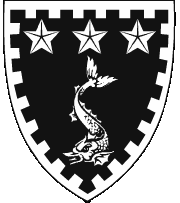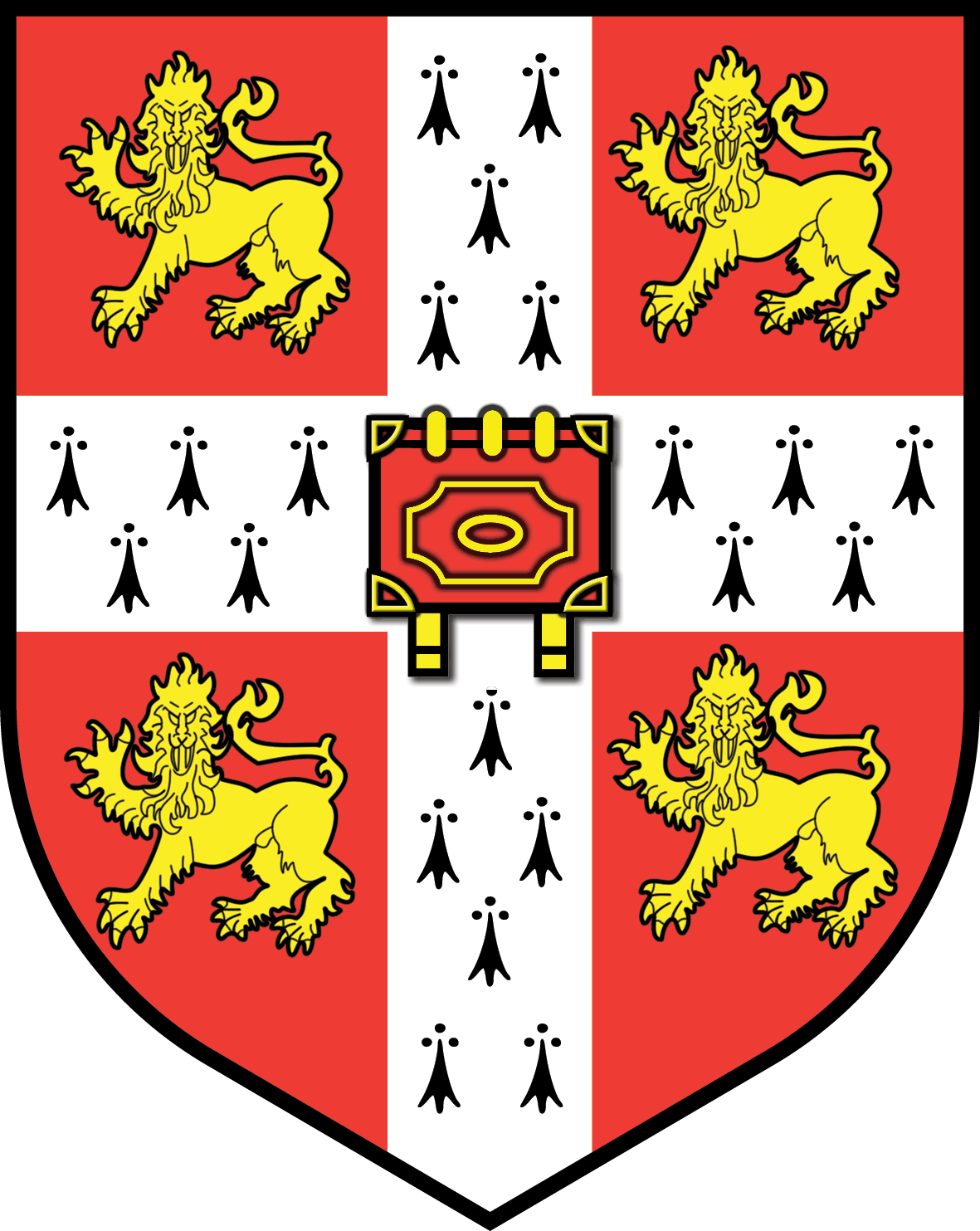CCP5 2007 : "Multiscale Modelling"
New Hall, Cambridge, 29th-31st August 2007


CCP5 2007 : "Multiscale Modelling"New Hall, Cambridge, 29th-31st August 2007 |
  |
WelcomeScheduleVenueInvited SpeakersRegistrationLocal Info |
INVITED SPEAKERS (confirmed)Prof. Berni Alder, Emeritus UC Davis, Lawrence Livermore National Laboratory.Multiscale calculations in nanohydrodynamics, and alternatives using massive MD simulationsProf. Peter Coveney, University College London.Coupling molecular and continuum representations of fluids: theoretical and computational aspectsProf. Dr. Kurt Kremer, MPI für Polymerforschung, MainzScale Bridging Simulations of Soft MatterProf. Peter Cummings, Vanderbilt UniversityMany-Scale and Multi-Scale Modeling in Computational Nanoscience
AbstractsMultiscale calculations in nanohydrodynamics, and alternatives using massive MD simulations, B. Alder (LLNL) For hydrodynamic purposes, particularly dealing with shocks or boundaries, a seamless algorithm has been developed that joins particle methods with continuum methods (Navier-Stokes) called AMAR (adjustable mesh and algorithm refinement). On the other hand, a massive particle algorithm of close to 1012 particles using DSMC (discrete simulation Monte Carlo) is better suited to study turbulent phenomena and at the same time check on the limitations of continuum hydrodynamics. Coupling molecular and continuum representations of fluids: theoretical and computational aspects, P.V. Coveney (UCL) I will describe our approach to the dynamical coupling of molecular and continuum descriptions of dense fluids, which is based on fundamental conservation laws for mass, momentum and energy. The method begins with a treatment of simple Lennard-Jones molecules, which we have extended to the study of systems with full molecular specificity. I also describe the deployment of such models on grid computing architectures, which offer a natural environment for coupled codes. Scale Bridging Simulations of Soft Matter, K. Kremer (Mainz) The relation between atomistic structure, architecture, molecular weight and material properties is a basic concern of modern soft material science. The longstanding aim by now goes far beyond standard properties of bulk materials. A typical additional focus is on surface interface aspects or the relation between structure and function in nanoscopic molecular assemblies. This all implies a thorough understanding on many length and correspondingly time scales ranging from (sub)atomic to macroscopic. At this point computer simulations are playing an increasingly important, if not the central role. Traditionally simulations have been separated in two main groups, namely simplified models to deal with generic or universal aspects, i.e. critical exponents, of polymers and those employing classical force field simulations with (almost) all atomistic detail, i.e. for the diffusion of small additives in small "sample. Still characteristic problems, which require huge systems and or long times in combination with a chemistry specific model, cannot be tackled by these methods alone. More recently with the development of scale bridging or multi scale simulation techniques, these different approaches have been combined into an emerging rather powerful tool. It is the purpose of this talk to give a few examples of how such an approach, which combines ab initio quantum level calculations, force field simulations as well as coarse grained molecular dynamics simulations in a systematic manner, can be used to understand specific material properties. Questions considered range from surface morphologies of polymer melts close to a metal surface experiencing specific interactions to the classical problem of entanglements and also to simplified models of membranes. By using a mapping scheme, which allows for a scale bridging in both the coarsening as well as the detailing direction, new classes of problems can be tackled by simulations. Some recent attempts to construct a small molecular tool set for such simulations as well as first steps towards an adaptive scheme will be mentioned shortly. To progress further eventually adaptive schemes have to be developed. First attempts towards this direction will be presented as well. Many-Scale and Multi-Scale Modeling in Computational Nanoscience, P. Cummings (Vanderbilt) Theory, modeling and simulation (TMS) tools constitute key enabling technologies for making fundamental advances in nanoscience and for making nanotechnology a practical reality. Many of the problems encountered in this field are inherently multiscale modeling. In this talk, we provide an overview of the role of TMS in nanoscience, as well as an overview of our multiscale TMS research in nanotribology, molecular electronics, and hybrid organic-inorganic nanocomposites.
|
Local organiser: Dr James Elliott (Cambridge), CCP5 Administration (c) 2007. University of Cambridge. |